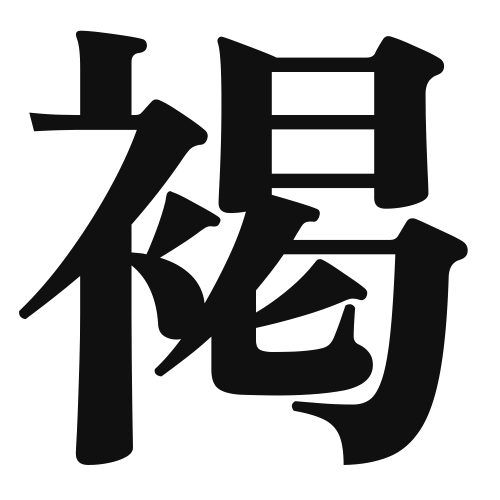1. Overview of Meaning
The kanji “褐” (katsu) primarily means “brown” or “dark brown.” It is often used to describe colors, particularly in relation to textiles and natural materials.
2. Formation and Radical
Formation of the Kanji: The kanji “褐” is a phonetic-ideographic character (形声文字). It combines the radical for “cloth” (衣) with a phonetic component that suggests its pronunciation.
Radical: The radical of “褐” is 衣 (koromo), which relates to clothing and textiles.
3. Examples of Usage
Common Words and Phrases:
- 褐色 (かっしょく, kasshoku) – brown color
- 褐色の毛 (かっしょくのけ, kasshoku no ke) – brown fur
Example Sentences in Daily Conversation:
- このシャツは褐色です。 (このシャツはかっしょくです。) – This shirt is brown.
- 彼の髪は褐色です。 (かれのかみはかっしょくです。) – His hair is brown.
4. Synonyms and Antonyms
Similar Kanji:
- 茶 (ちゃ, cha) – tea color, often used to refer to a brownish color but can imply a lighter shade.
- 栗 (くり, kuri) – chestnut, which also refers to a brown color but is more specific.
Antonyms:
- 白 (しろ, shiro) – white, which is the opposite of brown.
- 黒 (くろ, kuro) – black, another contrasting color.
5. Cultural and Historical Background
Relation to Japanese Culture: The color brown is often associated with earthiness and natural materials in Japanese culture. It is seen in traditional clothing and crafts.
Proverbs and Idioms: While there are no specific proverbs that focus solely on “褐,” colors in general are often used in Japanese expressions to convey emotions or states of being, such as “赤い顔” (akai kao – red face) to indicate embarrassment.
